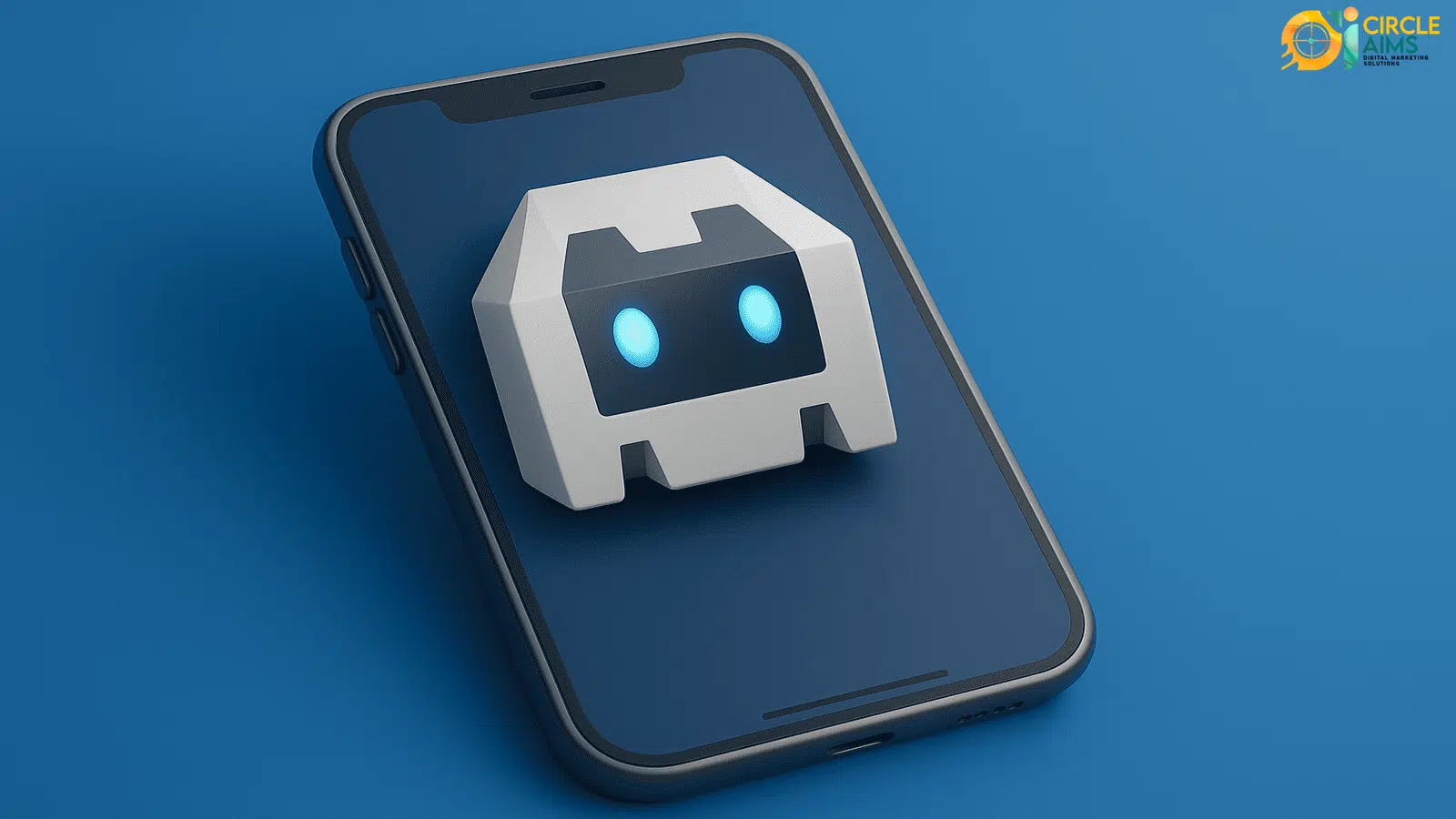Cordova
The Power of Cordova – A Comprehensive Guide for Developers
Introduction to Apache Cordova
Apache Cordova (formerly PhoneGap) is one of the most important open-source technologies that revolutionized mobile app development. It was first developed by Nitobi, later acquired by Adobe, and subsequently transitioned into an open-source project under the Apache Software Foundation.
The idea behind Cordova is simple: enable developers to build mobile applications for multiple operating systems—such as Android, iOS, and Windows Phone—using traditional web technologies: HTML, CSS, and JavaScript.
What Is Cordova?
Cordova is a framework that allows you to create hybrid apps. These apps are written with web technologies (HTML, CSS, JavaScript) and wrapped inside a container (wrapper) that lets them run on mobile platforms as if they were native apps.
In other words, instead of learning each platform’s programming language (like Java or Kotlin for Android, Swift or Objective-C for iOS), a developer can write one codebase with web tech and then have Cordova package it into apps that run across platforms.

Benefits of Cordova
Cross-platform:
Write once and deploy to several operating systems—saving significant time and effort.
Easy to learn:
Cordova relies on HTML, CSS, and JavaScript—familiar tools for a huge number of developers.
Access to device features (Device APIs):
Through plugins, you can access the camera, GPS, contacts, device sensors, and other capabilities not available with HTML/CSS alone.
Large community & open-source support:
Cordova is open source, backed by Apache, with a large developer community contributing components and plugins.
Low cost:
Startups or small teams can build multi-platform apps with limited resources—no need for separate teams per OS.
Integration with other frameworks:
Can be used with frameworks like Ionic or Framework7 to add more advanced UIs.
Cordova Features
Code reuse:
No need to duplicate the same app in different languages—write once and run across platforms.
Plugin ecosystem:
Plugins enable advanced capabilities such as:
- Camera
- Bluetooth
- Device sensors (Accelerometer, Gyroscope)
- Notifications
Broad support:
Runs on most major OSes (Android, iOS, Windows, and formerly BlackBerry).
Integrates with modern tools:
Can connect to platforms like Visual Studio or cloud build services for faster delivery.
Rapid development:
Live-reload style workflows and web tooling accelerate iteration.
Flexible customization:
Because the app is built with web tech, visual and interaction customization can be easier than in some native stacks.
How to Work with Cordova
1) Install Cordova
First install Node.js, then use npm to install Cordova:
npm install -g cordova
2) Create a new project
cordova create MyApp com.example.myapp MyApp
MyApp: Project namecom.example.myapp: Package IDMyApp: App name
3) Add platforms
cordova platform add android
cordova platform add ios
4) Add plugins for device features
Example: add the camera plugin
cordova plugin add cordova-plugin-camera
5) Run the app
cordova run android
cordova run ios
Getting Started with Cordova
To use Cordova effectively for mobile development, setting up the right environment is crucial. Start by installing the latest Node.js and npm—both are prerequisites for Cordova. Node.js provides the runtime for executing JavaScript on the server, while npm efficiently manages packages and dependencies. You can download both from the official Node.js website, which offers straightforward installation on Windows, macOS, and Linux.
Once Node.js and npm are installed, install Cordova globally using npm. Open your command line and run:
npm install -g cordova
This installs the Cordova CLI, giving you access to the development features and tools needed to build mobile apps.
After installation, initialize a new Cordova project:
cordova create myApp
(You can replace myApp with your preferred project name.) This command creates a new folder containing the essential files and structure for your app, including www, config.xml, and platform-specific directories.
- The www directory is where you’ll develop your app (HTML, CSS, JavaScript).
- config.xml is the main configuration file, allowing you to set app preferences and manage metadata.
You can then add platforms such as Android or iOS:
cordova platform add ios
cordova platform add android
This lays the foundation of your mobile project and helps you move smoothly into development and deployment phases.
Understanding Cordova’s Architecture
Cordova, an open-source mobile app framework, acts as a vital bridge between web apps and native device features. The Cordova runtime is central to this architecture, working as an intermediary layer that facilitates communication between web technologies and the device’s native components. This setup lets developers build cross-platform apps using standard web technologies (HTML/CSS/JS), significantly reducing development time and effort.
The key piece is the WebView component, which displays web content and enables JavaScript execution while rendering HTML and CSS. Unlike traditional web apps that run in a browser, Cordova apps use a platform-embedded WebView component.
Practical Example: Capturing a Photo with the Camera
document.getElementById("captureBtn").addEventListener("click", function () {
navigator.camera.getPicture(onSuccess, onFail, {
quality: 50,
destinationType: Camera.DestinationType.DATA_URL
});
function onSuccess(imageData) {
var image = document.getElementById("myImage");
image.src = "data:image/jpeg;base64," + imageData;
}
function onFail(message) {
alert("Capture failed: " + message);
}
});
This example shows how a plugin can access the camera and capture an image.
Real-World Uses of Cordova
- Startup apps: where time-to-market and cost are critical.
- Simple to medium-complexity apps: e-commerce, news, educational apps.
- Prototypes (MVPs): quickly test ideas across multiple platforms.
- Integration with UI frameworks: like Ionic for a more modern look and feel.

Cordova vs. Native Apps
Performance:
Native apps are faster and integrate more tightly with the OS; Cordova can lag with heavy apps.
Access to features:
Native apps have full access; Cordova relies on plugins, and if a plugin doesn’t exist, developers may need to write native code and bridge it.
Ease of development:
Cordova is much easier for many teams because it uses familiar web technologies (HTML, CSS, JavaScript).
Challenges and Limitations of Cordova
Performance:
Not as fast as native—especially for graphics-intensive apps or games.
Plugin dependency:
If no plugin exists, you must implement native code and integrate it with Cordova.
Compatibility:
Some plugins may behave differently or inconsistently across platforms.
Visual experience:
While you can mimic native UIs, experienced users may notice differences in responsiveness and interaction.
The Future of Cordova
Although newer technologies like Flutter and React Native strongly compete with Cordova in performance and flexibility, Cordova remains an ideal choice for developers seeking a simple, web-based solution. Its combination with frameworks like Ionic keeps it competitive for certain projects.
Conclusion
Apache Cordova bridges the web and mobile worlds. Thanks to Cordova, any web developer can use HTML, CSS, and JavaScript skills to build apps for multiple operating systems.
Cordova’s advantages include lower cost and faster development, ease of learning, and access to device capabilities via plugins. However, it’s important to recognize that performance may not be ideal for large-scale or graphics-heavy apps.
If you’re a beginner looking to enter mobile development quickly without learning new programming languages, Cordova is a great place to start. If you need the highest performance and premium UX, you may later prefer moving to more modern frameworks like Flutter or React Native.




No comment